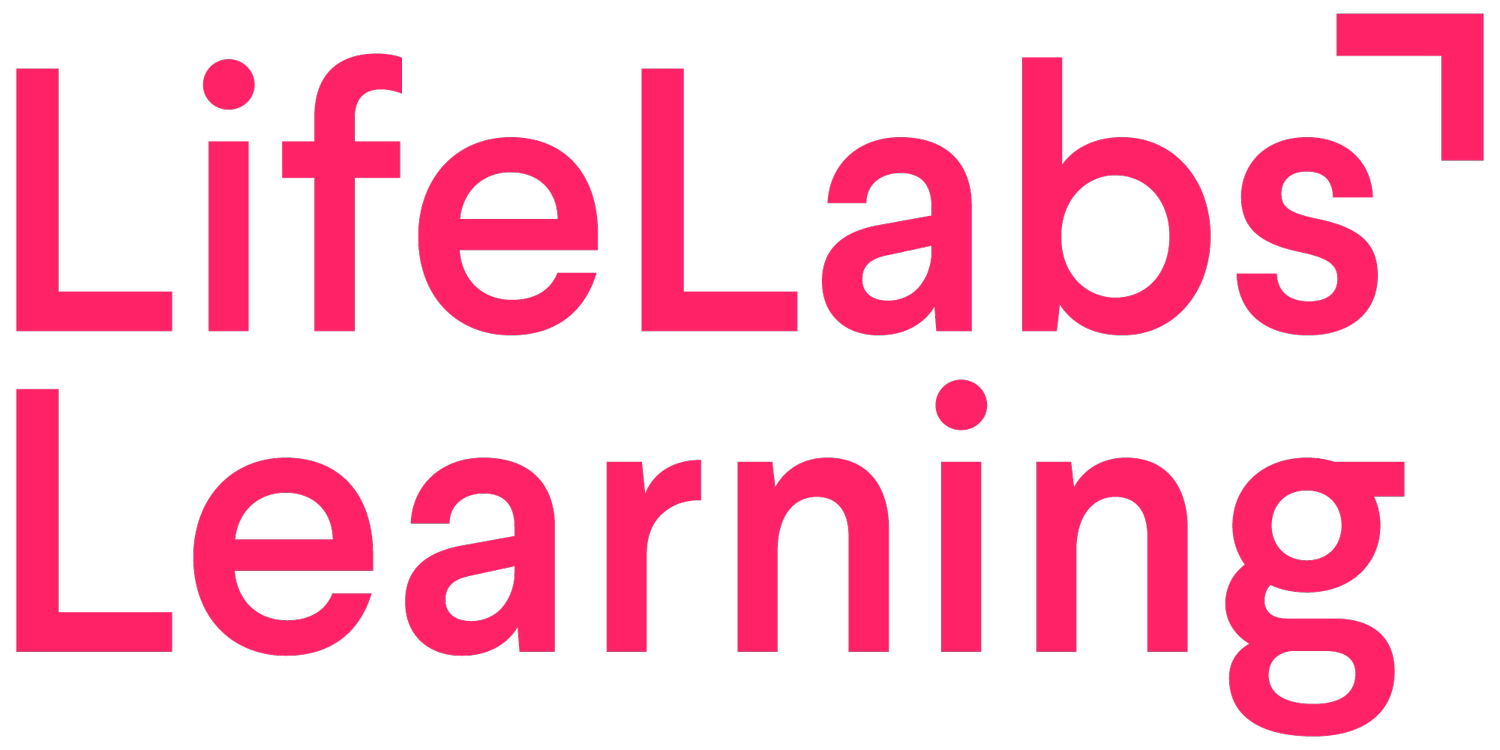Laying the Foundation: MoPOP's Skill-Building Journey to Strong Leadership
Company: MoPOP – The Museum of Pop Culture
Function: Nonprofit Museum
Industry Arts & Culture
Fun Facts:
MoPOP was founded by Microsoft co-founder Paul Allen in 2000 as the Experience Music Project.
Three thousand panels of 21 thousand individually cut and shaped stainless steel and painted aluminum shingles encase the outside of the MoPOP building.
TL;DR:
In response to the need for leadership development, MoPOP prioritized training to equip leaders with essential skills. Starting with senior leaders, the organization customized a LifeLabs Learning program focusing on key competencies. The initiative resulted in improved performance, enhanced collaboration, immediate application of skills, and notable retention rates, demonstrating the effectiveness of the training investment.
Situation
Like many organizations, MoPOP had historically overlooked the importance of leadership training. However, with a new CEO on board, there was a renewed focus on investing in leadership capabilities. The aim was to equip leaders with the skills necessary to lead change and drive the organization toward ambitious goals, building a solid foundation of competencies and improving workplace culture.
One significant challenge MoPOP faced was promoting individuals into management and leadership roles without dedicated leadership training. Despite excelling in their respective domains, they needed to gain the skills to manage teams effectively. Developing manager skills and establishing structure became essential. MoPOP urgently needed to provide training and create frameworks to support these emerging leaders.
Solution
MoPOP took a top-down approach to laying this foundation, starting by training senior leaders and executives in order to build trust and spread knowledge throughout the organization. The non-profit worked with a LifeLabs Program Consultant to customize the Manager Core 2 program and prioritize five essential skills.
The MoPOP leader training program kicked off with a Rapid Trust workshop to boost psychological safety and build relationships among new and seasoned team members. The following sessions focused on Meetings Mastery, Strategic Thinking, Leading Change, and People Development. Leaders also had access to intensive manager training sessions to enhance and practice their skills further.
Next up, MoPOP is gearing up to extend the same Manager Core 2 training to its people managers, building upon the groundwork the organization has established.
“LifeLabs Learning did an amazing job thinking about continuity between facilitators. We had one facilitator switch out because of parental leave, and the next facilitator came right in and picked up the same content and delivery approach and really understood our community. It matters who is giving the facilitation and all LifeLabs Learning facilitators we have worked with hit it and hit it right. I’m excited to work with them again!”
Results
Improved leader performance
Since partnering with LifeLabs Learning, MoPOP has seen a notable boost in performance, particularly in terms of leaders feeling more aligned with the organization's mission and goals. Key observations include:
Leaders are more deeply engaged and have a better understanding of the bigger picture.
Positive collaboration and communication among leaders have notably increased.
Conflict management has improved, with leaders proactively addressing issues rather than letting them escalate.
Those initially hesitant to change have shown a shift in attitude, demonstrating increased willingness and engagement in change.
Immediate skill application
With the strategies, tools, and templates introduced as part of the LifeLabs curriculum, MoPOP has witnessed a transformative shift in operational efficiency and leadership effectiveness.
Leaders are sharing templates and frameworks, resulting in immediate application by the team, including:
Adopting individual action plans.
Remodeling the structure of one-on-one meetings based on learnings.
Implementing shared tips for leading change.
“Now our leaders are actually prepared to hold space, create space, and grow their staff members.”
Stronger retention
MoPOP has experienced 92% retention in senior leadership since its initial LifeLabs training.
“Our retention numbers have gotten so great in the last 6 months because we have a vision. We have leaders who live that vision. We have leaders who invest in staff.”
Gained time
Following the LifeLabs Learning training program, MoPOP’s HR lead experienced time savings and increased efficiency, notably through reduced conflict interventions and fewer requests for guidance.
Making the Case: 3 Reasons to Invest in Learning & Development
We spoke with MoPOP's Chief People Officer, Ste Marchio, about the significance of investing in learning and development (L&D) for managers and leaders, its correlation with revenue growth, and strategies for advocating it to leadership. Here are their key insights:
Reduce risks: Without a foundation of skills among leaders, there's a heightened risk of legal issues. Investing in leadership development ensures leaders can effectively mitigate day-to-day risks and invest in their staff's growth.
Improve culture and performance: Strong leadership directly influences employee culture and, consequently, the bottom line. When folks lack opportunities for learning and growth, their performance suffers, impacting overall productivity and profitability.
Enhance reputation: Investing in L&D sends a powerful message about the organization's commitment to employee development. This positive investment is reflected in employee endorsements on platforms like Glassdoor, bolstering the company's reputation as an employer of choice.
Ready to boost leadership skills at your org?


